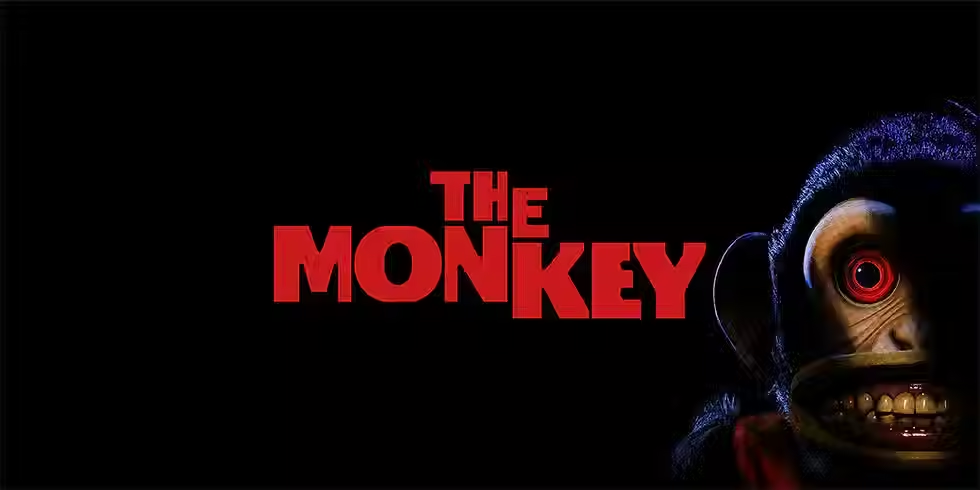High-Rise: The Fall to Chaos
- Tavia Millward
- Dec 11, 2024
- 4 min read
Imagine The Great Gatsby colliding with Lord of the Flies in a retro-futuristic setting, and you’ll have the essence of High-Rise. Based on J.G. Ballard’s provocative novel, director Ben Wheatley delivers a visually striking, darkly humorous critique of class and societal decay. It's a film as sleek as a glass tower yet as chaotic as a shattered mirror.

Dr. Robert Laing (Tom Hiddleston) moves into a luxury apartment block designed by the enigmatic Mr. Royal (Jeremy Irons). From his lofty perch on the upper floors, Laing is surrounded by the wealthy elite, enjoying indulgences ranging from lavish parties to an eerily perfect supermarket. Here, rows of flawlessly stacked cans and bottles stand as a cold metaphor for the upper class’s curated, hollow lives.
The supermarket serves as the building’s sole unifier—a rare common ground for the upper and lower classes. But this small nod to equality is superficial at best. The rich might snack on delicacies, but even they can’t escape hunger.

From the start, the building feels alive—both a utopian dream and a ticking time bomb. Power outages and water shortages creep in like whispers of doom, hinting at the cracks beneath its gleaming surface. As the infrastructure begins to fail, so does the carefully maintained illusion of class hierarchy.
Wheatley’s direction takes us from calm to chaos with precision. Flashbacks reveal Laing’s shocking transformation: we meet him at the end of his journey, living as a savage in the wreckage of the once-glistening tower. He calmly roasts a dog in his apartment, a chilling image of survival at any cost. From there, the story unravels in reverse, revealing how a polished professional descended into this primal state.

As life in the high-rise collapses, so do its inhabitants. Laing’s polished façade cracks alongside the tower’s walls. His neighbours—like the seductive Charlotte (Sienna Miller), the aggressive Richard Wilder (Luke Evans), and the unhinged Pangbourne (James Purefoy)—become allies and adversaries in the growing chaos.
Class distinctions dissolve into primal chaos as survival instincts take over. The lower floors descend into violence while the wealthy retreat into isolation, clinging to their crumbling privileges. Mr. Royal, obliviously perched in his penthouse, hides from the consequences of his creation.

Wheatley injects biting dark humour amidst the madness. At one point, a police officer comes to investigate but leaves with a bribe, reassured that everything is “perfectly fine.” The building’s descent into anarchy remains self-contained, a microcosm of society imploding under its own weight.
High-Rise is as much about aesthetics as it is about societal commentary. Its retro-futuristic design mirrors the contradictions within the tower: sleek and modern on the surface, decaying and chaotic underneath. Every frame captures the tension between perfection and collapse, from the gleaming interiors to the grimy, blood-soaked stairwells.

Like The Great Gatsby, High-Rise explores the rot beneath the glamour. It’s a striking visual metaphor for human excess and the inevitable fallout when those at the top refuse to acknowledge those below. The building’s decline is like a pane of glass slowly cracking until it shatters entirely.
Behind the Scenes: Turning a Complex Novel into a Cinematic Masterpiece
Adapting a complex novel to film is no easy feat, especially when that novel is J.G. Ballard’s High-Rise, a dystopian exploration of class and societal decay. The book is full of abstract ideas, fragmented narratives, and heavy symbolism. So how does a director successfully translate this into a visual format? Ben Wheatley’s adaptation offers valuable lessons for aspiring filmmakers on how to balance the surreal with the accessible.
High-Rise is not a conventional narrative. Ballard’s novel relies heavily on metaphor and a fragmented structure, where time and space blur together. Adapting this for the screen requires more than just a faithful retelling – it demands a creative approach to convey abstract ideas without losing the audience.
Wheatley opts for a non-linear narrative that shifts between timelines, revealing key events through flashbacks. This mirrors the novel’s fragmented structure, allowing the film to explore its themes of societal collapse while maintaining a sense of mystery. However, this approach carries risks. The fractured storytelling can confuse viewers if not done carefully.
What Works: The surrealism remains intact, with the tower becoming a physical representation of the psychological breakdown of its residents. The fragmented narrative adds tension, keeping the audience engaged and intrigued.
What Doesn’t Work: For some, the abstract structure may feel disjointed, especially if they’re not familiar with the novel. The key is to strike a balance between complexity and clarity, ensuring the audience remains connected to the story.
Adapting a complex and metaphor-heavy novel like High-Rise requires a delicate balancing act. Ben Wheatley’s adaptation succeeds in many ways by preserving the novel’s fragmented, surreal nature, while also making the story visually engaging for a film audience.
By understanding these elements, budding filmmakers can learn how to successfully navigate the challenges of adapting a novel to the screen while making sure their film stands on its own as a compelling visual story.














Comments